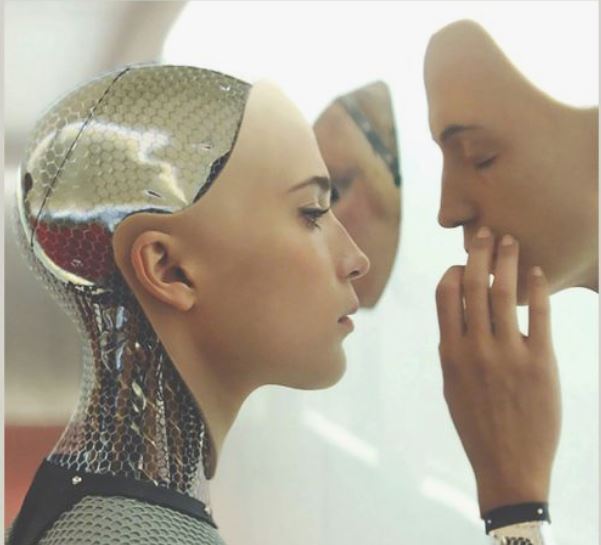Learn Artificial Intelligence the easy way
This blog is for anyone who is curious about AI and its basic types but has no idea what it is. I imagine there are a lot of people who tried reading the wikipedia article, got frustrated and gave up wishing someone would just give them a high-level explanation. That’s what this is.
To play off of Dan Ariely, Artificial Intelligence is a lot like teenage sex. Everybody talks about it. Only some really know how to do it. Everyone thinks everyone else is doing it. So, everyone claims they’re doing it.
Artificial intelligence is a booming field with many real-world applications. Machines are very good in solving problems that are intellectually difficult for human beings to solve - problems like any complex mathematical computation. The true challenge to AI instead is to be solve the tasks that are easy for Humans to perform but hard to describe formally — problems that we solve intuitively, that feel automatic for us, like recognizing spoken words or faces in images.
A person’s everyday life requires an immense amount of knowledge about the world. Much of this knowledge is subjective and intuitive, and therefore difficult to articulate in a formal way. Computers need to capture this same knowledge in order to behave in an intelligent way. One of the key challenges in artificial intelligence is how to get this informal knowledge into a computer.
Types of AI
AI technologies are categorised by their capacity to mimic human characteristics, the technology they use to do this, their real-world applications, and the theory of mind, which we’ll discuss in more depth below.
Using these characteristics for reference, all artificial intelligence systems - real and hypothetical - fall into one of three types:
- Artificial narrow intelligence (ANI), which has a narrow range of abilities;
- Artificial general intelligence (AGI), which is on par with human capabilities; or
- Artificial superintelligence (ASI), which is more capable than a human.
Artificial narrow intelligence (ANI)
Artificial narrow intelligence (ANI), also referred to as weak AI or narrow AI, is the only type of artificial intelligence we have successfully realized to date. Narrow AI doesn’t mimic or replicate human intelligence, it merely simulates human behaviour based on a narrow range of parameters and contexts. It is designed to perform singular tasks - i.e. facial recognition, speech recognition/voice assistants, driving a car, or searching the internet - and is very intelligent at completing the specific task it is programmed to do. For e.g. Speech and language recognition of the Siri virtual assistant on iPhones, vision recognition of self-driving cars, and recommendation engines that suggest products you make like based on your purchase history. These systems can only learn or be taught to complete specific tasks.
In the next blog, I will discuss more about the sub fields of AI
Artificial general intelligence (AGI)
Artificial general intelligence (AGI), also referred to as strong AI or deep AI, is the concept of a machine with general intelligence that mimics human intelligence and/or behaviours, with the ability to learn and apply its intelligence to solve any problem. AGI can think, understand, and act in a way that is indistinguishable from that of a human in any given situation.
AI researchers and scientists have not yet achieved strong AI.
Fujitsu-built K, one of the fastest supercomputers, is one of the most notable attempts at achieving strong AI
Artificial superintelligence (ASI)
Artificial super intelligence (ASI), is the hypothetical AI that doesn’t just mimic or understand human intelligence and behaviour; ASI is where machines become self-aware and surpass the capacity of human intelligence and ability.
